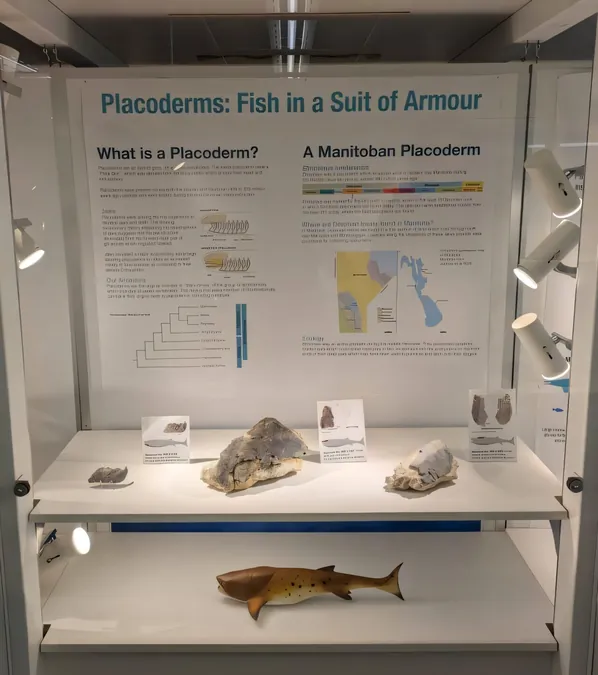
Revolutionary Brain Discovery: Axons Are More Than Just Smooth Tubes!
2025-06-09
Author: Rajesh
A 100-Year-Old Theory in Jeopardy!
For over a century, biology textbooks have depicted axons—the slender extensions of nerve cells—as smooth, cylindrical tubes. These vital structures are responsible for transmitting messages between neurons, playing crucial roles in everything from motor function to memory formation.
New Research Reveals Shocking Truth!
However, groundbreaking new research is set to rewrite this long-standing understanding. Scientists utilizing advanced imaging techniques have discovered that axons don’t appear as straight cables. Instead, they resemble strings of tiny bubbles, akin to pearls on a necklace.
The Implications of Pearled Axons!
This astonishing revelation has the potential to transform our comprehension of the brain's wiring. Traditionally regarded as streamlined, axons may actually be dynamic structures where the 'beads' play a significant role in neural signaling.
What Makes Axons Tick?
Axons are essential for rapid electrical signal transmission known as action potentials. Wider axons facilitate speed, commanding a long-held belief that they should be uniform and tube-like. But the latest findings suggest a different narrative.
The Discovery Behind the Pearling!
In this study, researchers employed a revolutionary freezing technique called high-pressure freezing electron microscopy, allowing them to capture brain cells in their natural shape. Surprisingly, they found that instead of smooth tubes, axons presented bulges, now termed "non-synaptic varicosities.”
An Internal Skeleton That Keeps It Together!
Why the pearling? Each axon features a structural scaffold known as the membrane periodic skeleton (MPS). This flexible network of proteins allows for strength and elasticity while permitting the axon to bulge and wobble under physical stress.
How Environment Influences Axon Shape!
Not stopping at mere imaging, researchers led by Shigeki Watanabe, Ph.D., aimed to explore the functional implications of these pearl-like formations. They employed mathematical models to observe how alterations in sugar concentration and membrane tension affected the size of the pearls.
Electrifying Findings!
When researchers electrically stimulated the neurons, the pearl-like formations swelled in size, enhancing the speed of electrical signaling. Conversely, altering the membrane's composition by depleting cholesterol limited this swelling, highlighting a direct relationship between axon shape, membrane makeup, and signal transmission.
A Game-Changer for Neuroscience!
Historically, scientists have observed axon beading primarily in dying or degenerative cells. However, discovering this feature in healthy neurons fundamentally challenges existing norms in neuroscience. These new findings portray axons as adaptive structures vital for efficient brain function.
Textbooks Need a Makeover!
According to Watanabe, this research compels us to rethink our basic assumptions regarding axon structure. It raises crucial questions about the implications of this dynamic structure for brain signal transmission—and why they may fail in disease.
The comprehensive study was published in the prestigious journal Nature Neuroscience, signaling a dramatic shift in our understanding of neuronal architecture.



 Brasil (PT)
Brasil (PT)
 Canada (EN)
Canada (EN)
 Chile (ES)
Chile (ES)
 Česko (CS)
Česko (CS)
 대한민국 (KO)
대한민국 (KO)
 España (ES)
España (ES)
 France (FR)
France (FR)
 Hong Kong (EN)
Hong Kong (EN)
 Italia (IT)
Italia (IT)
 日本 (JA)
日本 (JA)
 Magyarország (HU)
Magyarország (HU)
 Norge (NO)
Norge (NO)
 Polska (PL)
Polska (PL)
 Schweiz (DE)
Schweiz (DE)
 Singapore (EN)
Singapore (EN)
 Sverige (SV)
Sverige (SV)
 Suomi (FI)
Suomi (FI)
 Türkiye (TR)
Türkiye (TR)
 الإمارات العربية المتحدة (AR)
الإمارات العربية المتحدة (AR)